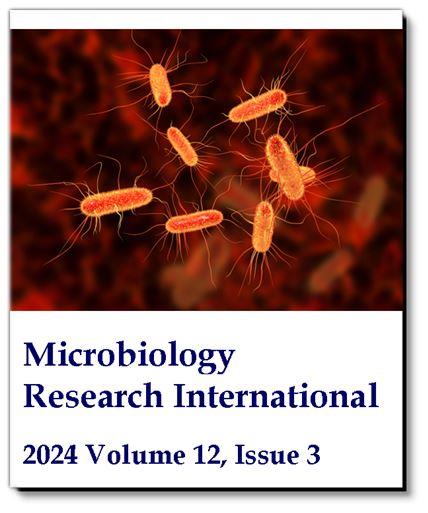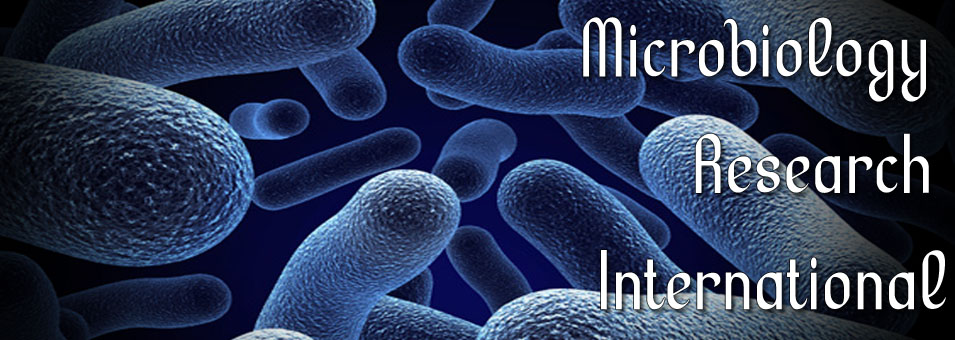Mycotoxin-producing fungi in rotten tomatoes
Oridikitorusinyaa O., Amaechi G. and Emmanuel O. O.Microbiology Research International
Published: August 26 2024
Volume 12, Issue 3
Pages 89-97
Abstract
This study investigated the presence and diversity of mycotoxin-producing fungi in rotten tomatoes collected from the Mile 3 market in Diobu, Port-Harcourt. Fungal isolates were characterized using morphological techniques. Total heterotrophic fungi counts (THFC) ranged from 1.8 x 104 to 3.2 x 104 CFU/g, indicating significant fungal contamination. The most prevalent fungi identified were Aspergillus niger (29.2%), Fusarium sp. (28.1%), A. flavus (15.6%), Rhizopus stolonifer (13.5%), Penicillium sp. (10.4%), Cladosporium sp. (2.2%), and Mucor racemosus (1.1%). Mycotoxin analysis confirmed the presence of aflatoxins, ochratoxins, fumonisins, deoxynivalenol, and zearalenone. Aflatoxin B1 levels ranged from 3.5 to 6.1 µg/kg, while ochratoxin A concentrations varied from 1.8 to 2.7 µg/kg. Deoxynivalenol levels ranged from 1.0 to 1.7 mg/kg, zearalenone from 0.6 to 1.3 mg/kg, and fumonisin B1 from 1.2 to 2.0 mg/kg. These levels raise concerns about the potential health risks of consuming spoiled tomatoes. Physicochemical analysis of the samples revealed conditions conducive to fungal growth and mycotoxin production, including high moisture content (91.0-94.0 %), favorable temperatures (23-28 °C), slightly acidic pH (4.6-5.0), and high water activity (0.97-0.99). These findings underscore the importance of proper storage and handling practices to mitigate fungal contamination and mycotoxin production in tomatoes. The study highlights the need for increased awareness among consumers and food handlers regarding the risks associated with consuming spoiled produce and the implementation of effective control measures throughout the food supply chain to safeguard public health.
Keywords: Fungi, mycotoxins, rotten tomatoes, health risks, food handlers.
Full Text PDF
